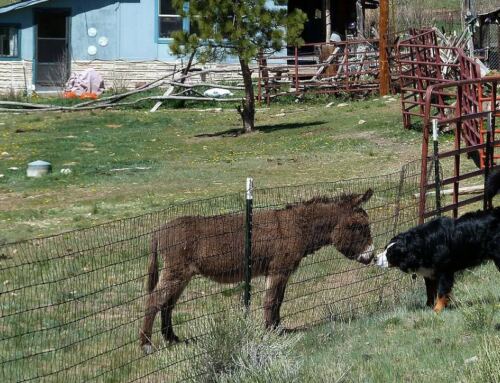
When you find yourself living with a dog who has fear based behavior challenges (one way of saying ‘fearful dog’ for those who eschew labels) it’s not unusual to think, hope, believe, that there’s something, anything, that is going to turn them into a dog who doesn’t have fear based behavior challenges (is not a fearful dog anymore). For some dogs it doesn’t take much. The dog, suffering from culture shock, just off the transport bus, recently pulled out of a shelter, owner gone or no longer able to care for them, digs deep, has the resources and once they put a few pieces together about their new life, are fine. I suspect that many of you reading this blog didn’t end up with a dog like that. I didn’t.
It’s hard to give up the idea that if we could only come up with something-we consult with a communicator to tell us why the dog is afraid, we buy supplements, scents, wraps, collars, harnesses, medication, music, adjust diets, get another dog- all will be well, our dog will be fixed. We move from one remedy to the next, trying what someone else had success with, hope springing eternal. But still our dog startles easily, they flee, cower, cringe, lunge, snap, growl, bite, hide.
Changing how our dogs behave and how they respond to the world takes time. It takes patience. It takes effort. It takes time. It takes money. Most of all it takes an understanding of dogs and how they develop and learn. All of the things we can do and buy to help our dogs may contribute to improving the quality of their lives, but when we spend time looking for shortcuts we may neglect the daily attention we should pay to our dogs, the routine practice that brings competency and mastery of a skill. Doing this requires that we have the ability to acknowledge the dog we are engaging with, at that moment.
Learning to help ‘fearful’, ‘reactive’, or ‘aggressive’ dogs takes practice, and heaven knows our dogs will give us the opportunity for that.





